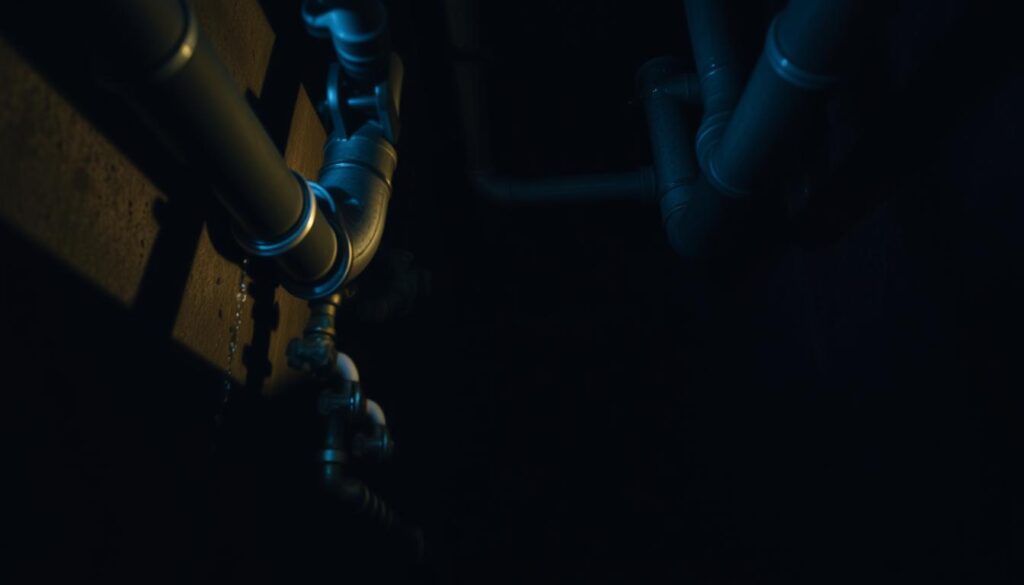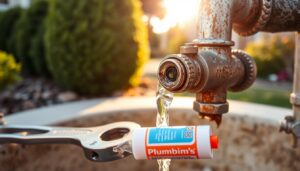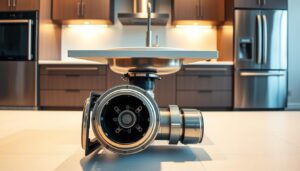Are you tired of the loud banging noise coming from your plumbing system every time you turn on or off the tap? This phenomenon, known as water hammer, is not just a nuisance but can also lead to damage in your home’s pipes and overall plumbing infrastructure.
The sudden noise is a result of a shockwave that occurs when water flow is abruptly halted or changed direction, causing your pipes to shake and bang against each other or against the framing of your home.
Understanding the cause of this issue is the first step towards resolving it. In this guide, we will explore the reasons behind water hammer and provide you with effective solutions to eliminate the banging noise, ensuring your plumbing system operates smoothly and quietly.
Key Takeaways
- Diagnose the source of the banging noise in your plumbing system.
- Implement basic fixes to address the issue.
- Apply advanced solutions for persistent problems.
- Understand the science behind water hammer.
- Make informed decisions to prevent future occurrences.
Understanding Water Hammer: What Causes Those Banging Pipes?
If you’re tired of the banging noise in your pipes, understanding water hammer is the first step to resolving the issue. Water hammer is a common problem that can lead to significant damage if not addressed promptly. The trouble is that the noise isn’t just irritating; it’s a sign that damage may be occurring in your plumbing system.
What is Water Hammer?
Water hammer, also known as hydraulic shock, occurs when there’s a sudden stop in the flow of water through your pipes. This sudden halt creates a shockwave that can cause the pipes to bang or vibrate. It’s a phenomenon that can happen in any household with a plumbing system.
The Science Behind Hydraulic Shock
The science behind hydraulic shock involves the principles of fluid dynamics. When water flows through a pipe and is suddenly stopped, the momentum of the water creates a pressure surge. This surge can exert considerable force on the plumbing system, potentially leading to damage over time.
| Effects of Water Hammer | Description | Potential Damage |
|---|---|---|
| Pressure Spikes | Exceed normal operating pressure by 3 to 10 times | Strain on plumbing components |
| Repeated Stress | Weakens pipe joints and damages valve seats | Pipes cracking or bursting |
| Cumulative Damage | Leads to leaks and failures over time | Expensive repairs |
Why Water Hammer Can Damage Your Plumbing System
The repeated pressure surges caused by water hammer can weaken pipe joints, damage valve seats, and even cause pipes to crack or burst. Ignoring water hammer can lead to more expensive repairs down the line, as the damage is often cumulative and progressive. It’s crucial to address the issue promptly to prevent long-term problems with your plumbing system.
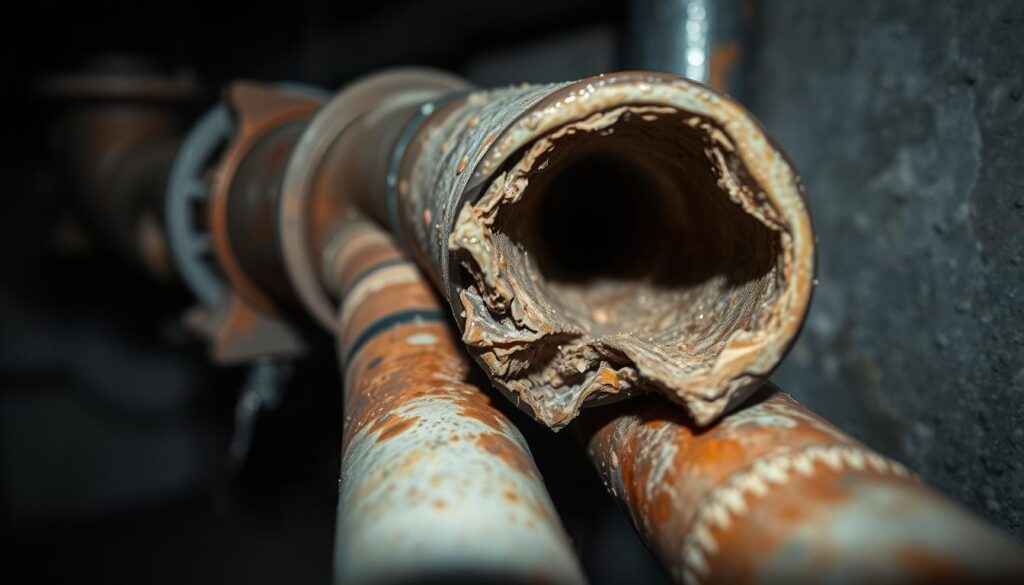
Diagnosing the Source of Your Water Hammer Problem
Diagnosing the source of your water hammer problem is the first step towards a quieter plumbing system. To do this effectively, you need to understand when the banging occurs and what might be triggering it.
When Does the Banging Occur?
The timing of the water hammer noise is crucial in identifying its cause. You should observe whether the banging happens when you’re using a particular faucet or appliance, or if it occurs randomly. Noting the time of day and the specific circumstances surrounding the noise can help you pinpoint the source.
Common Triggers for Water Hammer
Several factors can trigger water hammer, including loose pipes, faulty valves, and high water pressure. When you turn off a tap or appliance, the sudden stop in water flow can cause a shockwave through your plumbing system, leading to the banging noise. Understanding these triggers is key to resolving the issue.
Identifying Problem Areas in Your Plumbing System
To identify problem areas, start by inspecting your visible pipes. Gently push and pull on them to check for movement. If a pipe moves easily, it may be loose and need additional support. Pay particular attention to copper pipes, as they are more prone to water hammer due to their material properties. Ensure that your water pipes are properly secured, especially at changes in direction and where they pass through walls.
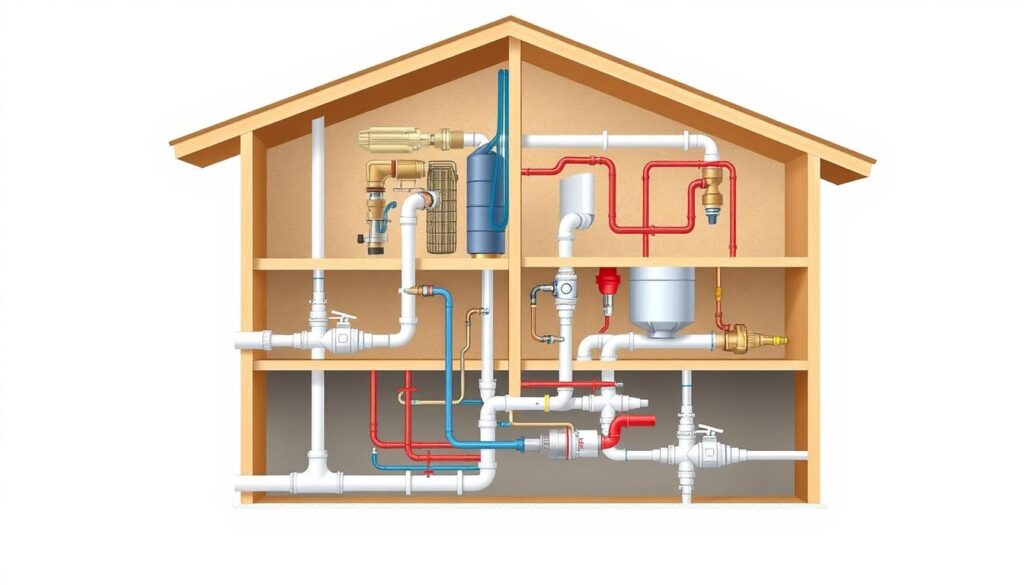
By systematically checking your plumbing system and addressing any issues you find, you can effectively diagnose and resolve the source of your water hammer problem. This approach will help you target the most likely causes and implement the necessary fixes.
How to Stop Water Hammer Banging Pipes: Basic Solutions
Water hammer is a common problem that can be tackled with effective and easy-to-implement solutions. To fix water hammer, you need to identify and address the underlying causes, which often involve issues with your plumbing system’s configuration or the condition of its components.
Securing Loose Pipes
One of the simplest ways to stop water hammer is by securing any loose pipes. When pipes are not properly secured, they can vibrate and bang against surrounding structures, causing the characteristic hammering noise. Using pipe securing clips available in the UK can help minimise this movement.
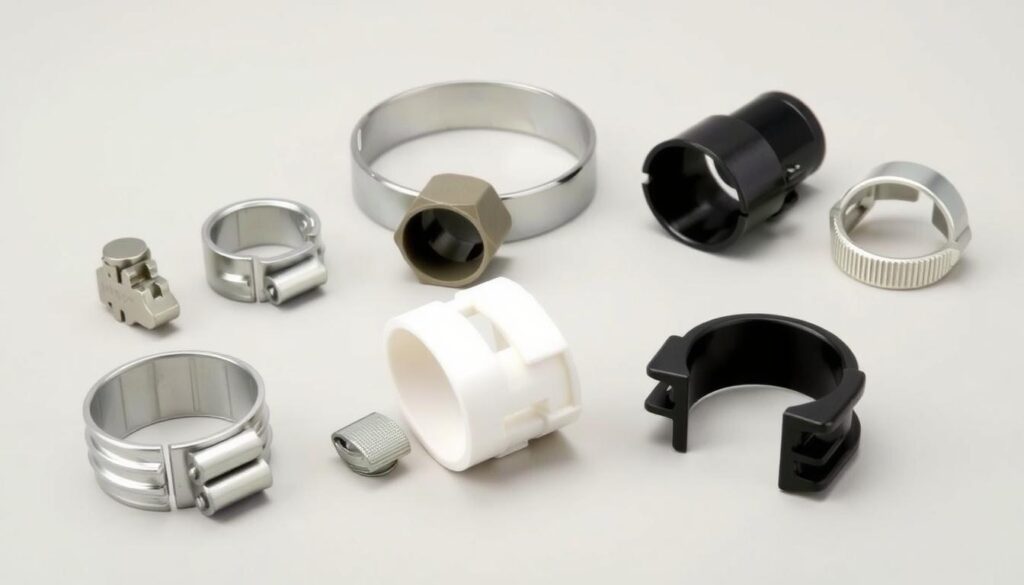
Checking and Replacing Worn Valves
Worn or malfunctioning valves are a common source of water hammer problems. Stop valves, in particular, can cause water hammer if they have loose gland packing or worn washers. Inspecting your valves regularly and replacing them when necessary is crucial. You can find suitable plumbing stop valves in the UK to replace worn-out ones.
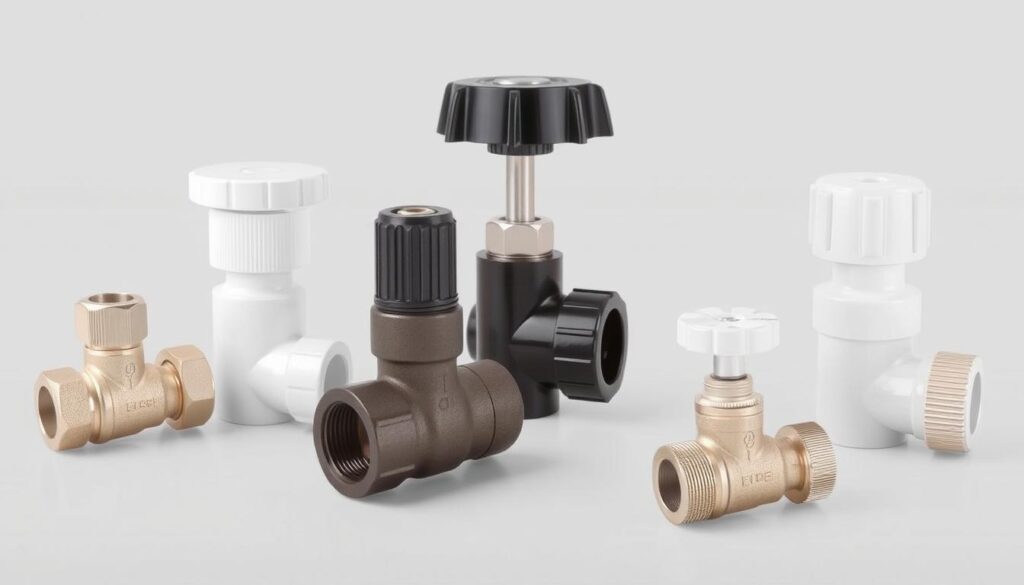
By securing loose pipes and checking and replacing worn valves, you can significantly reduce or eliminate water hammer in your home. Regular maintenance of your plumbing system, including checking water pressure and ensuring proper valve operation, is key to preventing water hammer issues.
Tackling Water Pressure Issues
Water hammer is often a symptom of a more significant issue: irregular water pressure. To address this problem, it’s essential to understand the role of water pressure in your plumbing system.
Testing Your Home’s Water Pressure
To determine if your water pressure is too high, you’ll need to test it using a water pressure testing gauge. This simple device can be attached to an outdoor tap to give you an accurate reading.
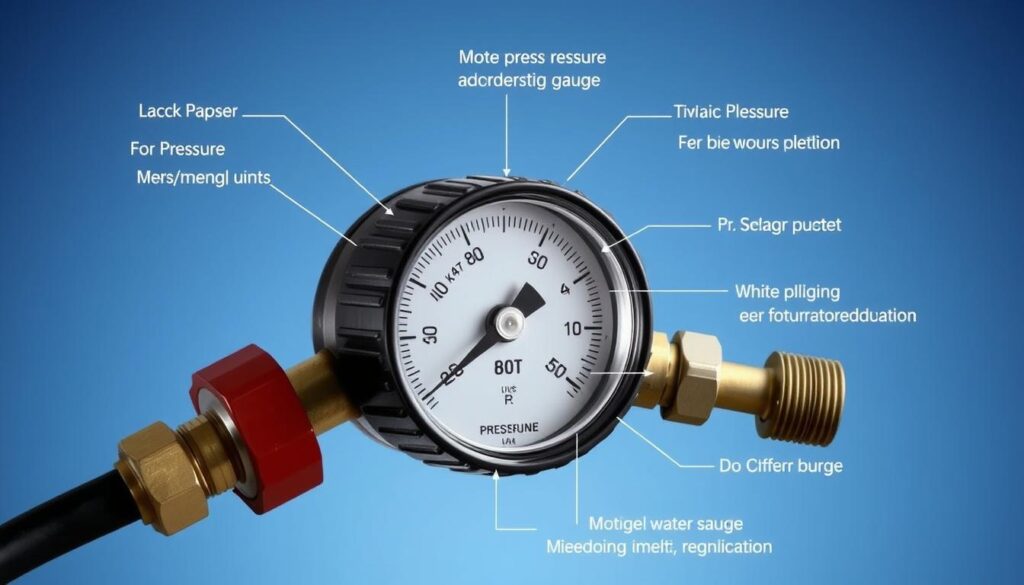
Installing a Pressure Reducing Valve
If your water pressure is too high, consider installing a pressure reducing valve (PRV). A PRV is installed near the mains water line and monitors the water pressure entering your home, helping to prevent damage to appliances and pipes.
Installing a PRV is one of the most effective long-term solutions for water hammer caused by excessive water pressure. It works by maintaining consistent water pressure throughout your plumbing system, regardless of fluctuations in municipal supply pressure.
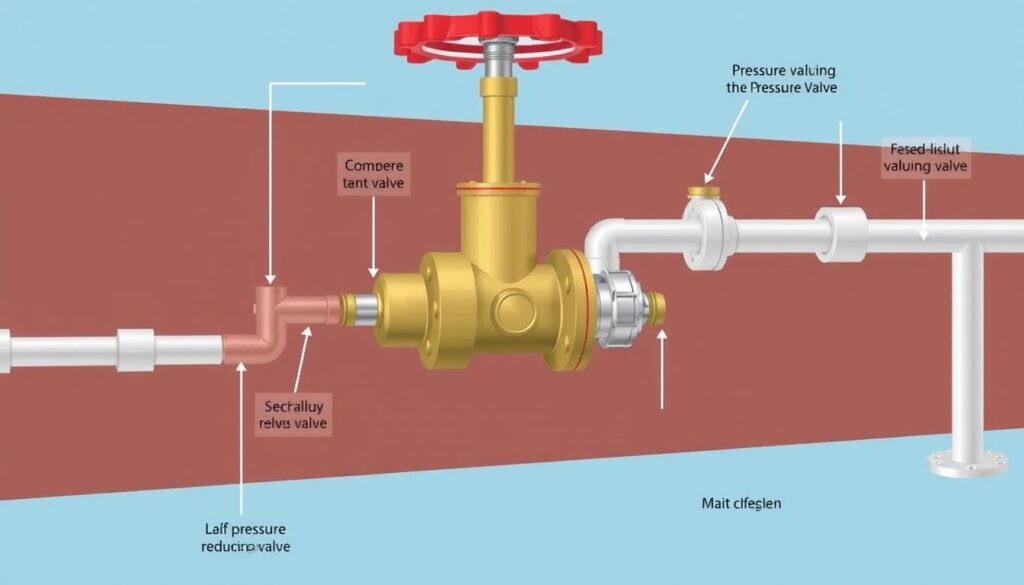
By understanding and managing your home’s water pressure, you can enjoy a quieter, more efficient plumbing system. For more information on fixing pipes and addressing plumbing issues, visit How to Fix Pipes.
Advanced Solutions for Persistent Water Hammer
If you’re still experiencing water hammer after basic fixes, it’s time to explore more sophisticated solutions.
Installing Water Hammer Arrestors
A water hammer arrestor is a device that contains a sealed, pressurized chamber with a lubricated piston. This design prevents water from remaining in the arrestor, thus addressing the primary issue with traditional air chambers. When a shock occurs, the piston moves to accommodate the water surge, and then it returns to its original position, ready for the next event.
For homes in the UK, installing a water hammer arrestor can be an effective solution. These devices are specifically designed to mitigate the effects of hydraulic shock, providing a quieter and less stressful plumbing experience.
Creating Air Chambers in Your Plumbing System
Air chambers are a traditional method for mitigating water hammer. They work by providing a cushion of compressible air that absorbs pressure surges when valves close quickly. To create an air chamber, a capped vertical pipe is positioned near fixtures prone to water hammer.
The size of the air chamber is crucial; typically, it should range from 30-45cm in length, depending on your pipe diameter and water pressure. While air chambers can be effective, they can become waterlogged over time, requiring periodic maintenance to restore their functionality.
Conclusion: Enjoying a Quieter Home Without Banging Pipes
A quieter home is achievable by tackling the problem of water hammer effectively. By following the steps outlined in this article, you can diagnose and resolve the issue, ensuring a more peaceful living environment. The progressive approach to fixing banging pipes ranges from simple fixes like securing loose pipes to more advanced solutions such as installing water hammer arrestors and regulating water pressure.
Regular plumbing maintenance is crucial in preventing water hammer from recurring. Periodic checks of pipe supports and valve conditions can help identify potential issues before they become major problems. By understanding when to tackle water hammer issues yourself and when to call in a professional plumber, you can ensure that your home’s plumbing system operates efficiently and reliably.
Resolving water hammer not only reduces noise but also extends the lifespan of your plumbing system and prevents potential water damage. For further assistance or to troubleshoot any plumbing issue, contact Pete the Plumber through their online form or call them at (403)257-1766. By taking control of your home’s plumbing health, you can enjoy a quieter, more efficient system for years to come.
